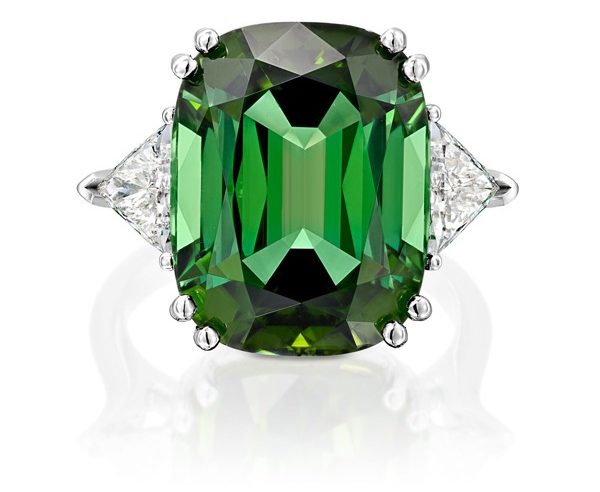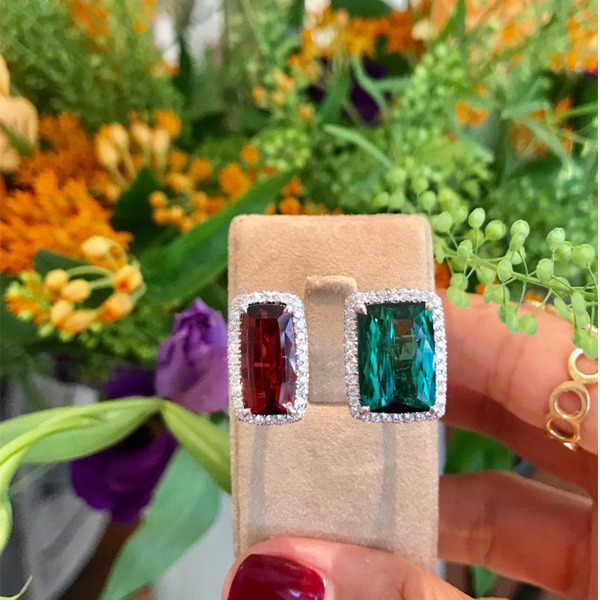
Tourmalines
Tourmaline was named from the Singhalese phrase "turmali," which means, "stone mixed with vibrant colours." and it is believed that no two Tourmaline stones are the same.
Tourmaline comes in a staggering variety of colours which range from magenta to teal-blue, meadow-green to yellow, and even black. Rarely is it colourless. Bi-coloured and multicoloured crystals are more abundant. Varieties of Tourmaline that have become popular, now have their own trade names. These types include Rubellite which comes in shades of red. Paraiba which is an intense greenish blue tourmaline, only found in Paraiba Brazil. Chrome which is an intense green and Watermelon which is pink in the middle and green around the edges.
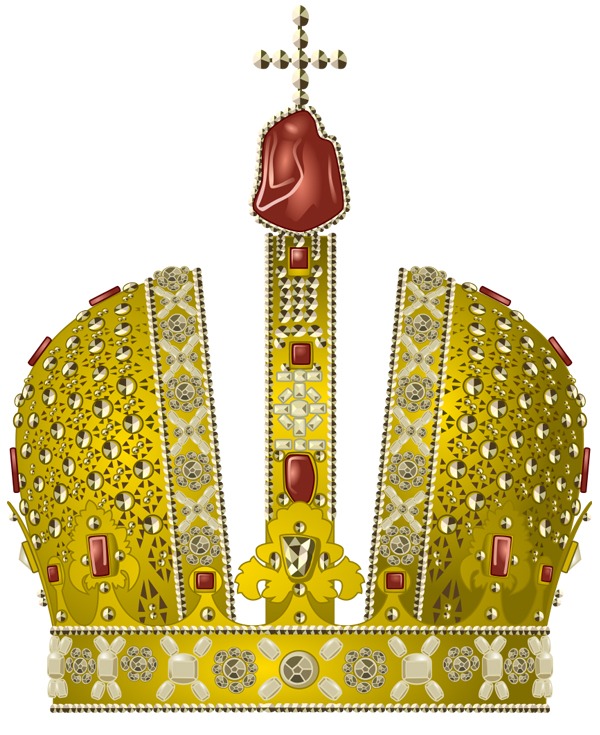
History
It is believed that the first documented Tourmalines were discovered by Dutch traders of the west coast of Italy in the late 1600’s. When they were first found the vibrant green Tourmalines were actually thought to be Emeralds. In the 1800’s scientists realised that these stones were actually their own species of mineral. The gem has been used for centuries but may have been identified as other gems based on its colouring such as Rubies, Emeralds and Sapphires.
One of the most interesting mistaken identities is with the Russian Crown Jewels. It was believed for centuries that the jewels were rubies but now as the similarities are so strong, it is thought pink Tourmalines were actually used.
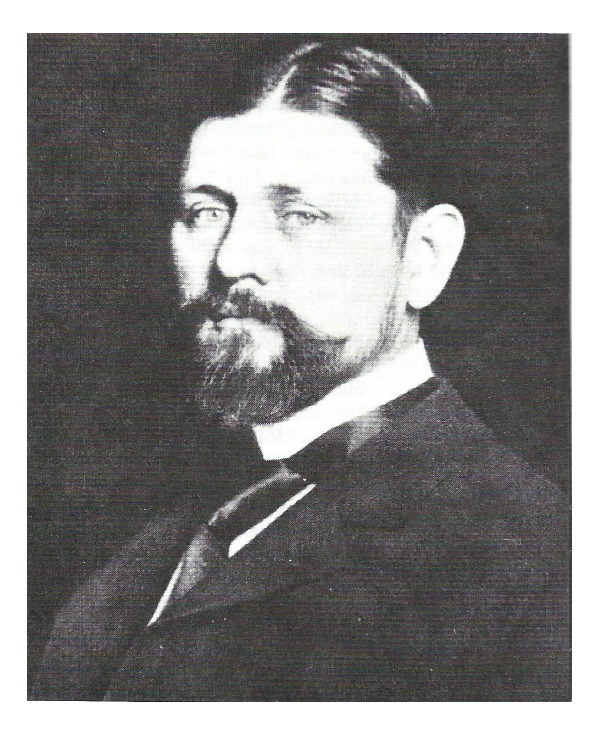
In the late 1800s, Tourmaline became known as an American gem and led the coloured gem market. In 1875, George F Kunz, a collector of fine gems, managed to convince Charles Tiffany to purchase a fine green Tourmaline that he had obtained from the Mount Mica Mine in Maine. Up until then Tiffany & Co. had dealt strictly in more traditional stones such as Diamonds, Rubies and Emeralds. At the young age of 23, he became the vice president at Tiffany & Co.
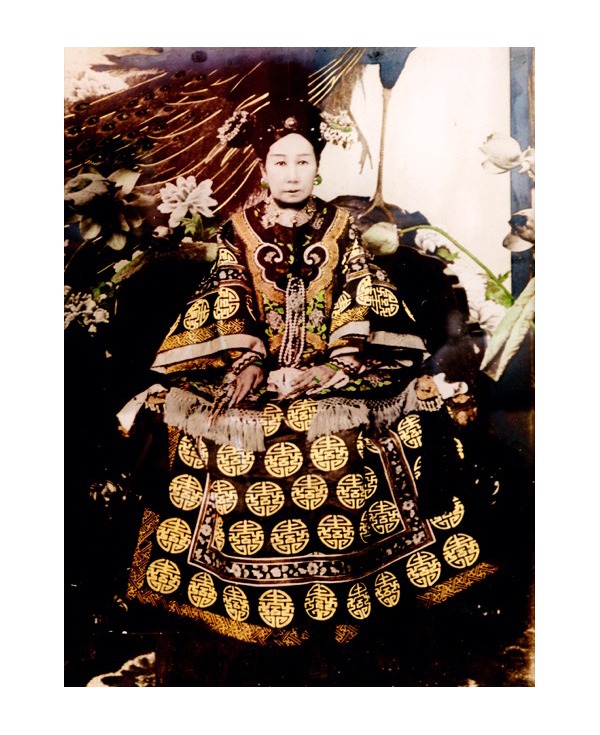
One of the biggest markets for Tourmalines was China. The Empress Dowager of China (1860-1908) fell in love with pink Tourmalines and bought huge quantities of the gemstones for carvings from the then new Himalaya Mine, located in San Diego County, California. The Chinese have engraved and carved figures with Tourmaline for many centuries and ancient examples are still on display in museums. The miners were so dependent on Chinese trade that when the Chinese government collapsed in 1912, the US Tourmaline trade also collapsed.
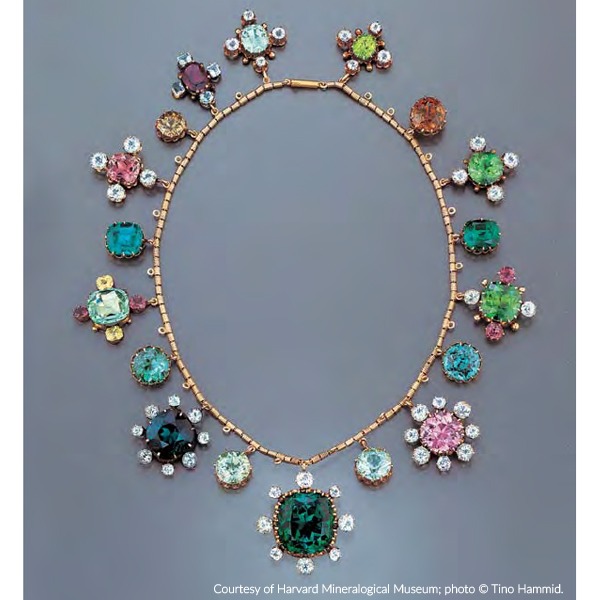
The Hamlin Necklace
The Hamlin Necklace was commissioned by Augustus C Hamlin after he and Samuel Carter found Tourmaline at Mt Mica in 1886. There are 228.12 carats of coloured Tourmaline included in the necklace. It is regarded as one of the most important pieces of North American Jewellery.
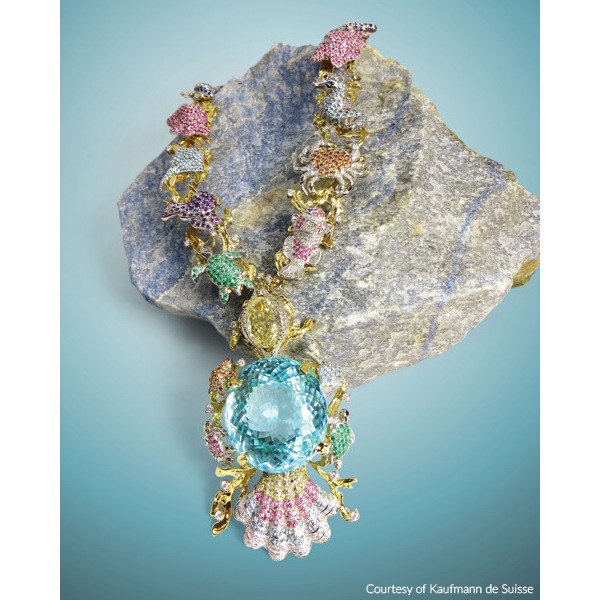
The Pariba Star of the Ocean Jewels Necklace
A flawless 191.87 Paraiba tourmaline named the “Ethereal Carolina Divine Paraiba” holds the Guinness world record for the largest tourmaline.
Put in perspective, authentic Brazilian Paraiba tourmalines are so rare that there is only one Paraiba tourmaline mined for every 10000 diamonds and a good quality Paraiba weighing over 3 carats is virtually unheard of.
This record breaking Paraiba was set into the “ The Paraiba Star of the Ocean Jewels “ necklace. The jewel has been listed by experts as one of the worlds’ rarest gems, a list that includes the Logan Sapphire and the Hope Diamond.
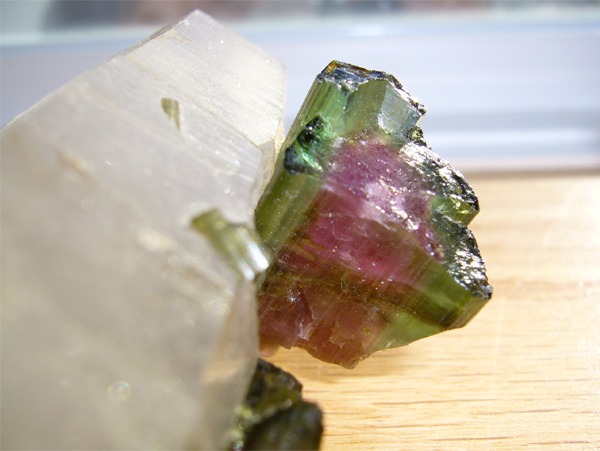
Legends And Healing Properties
Tourmaline has historically been revered as a "magic" stone that can protect whomever wore it.
The Ancient Egyptians used Tourmaline for physical and emotional remedies. They strongly believed that Tourmaline could heal the nervous system, blood diseases, and the lymph glands. Native Americans have also used pink and green Tourmaline as funeral gifts for centuries.
Far Eastern medicine also believed in the healing powers of Tourmaline to treat illnesses and also used it to balance yin-yang energies. Tourmaline was considered a physical bridge to the spiritual with the power to enhance one’s understanding, increase self-confidence and amplify one’s psychic energies, and aid in concentration and communication.
Tourmaline is still believed to have healing powers in modern alternative medicine. It is believed to promote inspiration and happiness, reduce fear, and help build self-confidence.
It is not hard to see why this magnificent, very rare stone commands extremely high prices on the market today.

